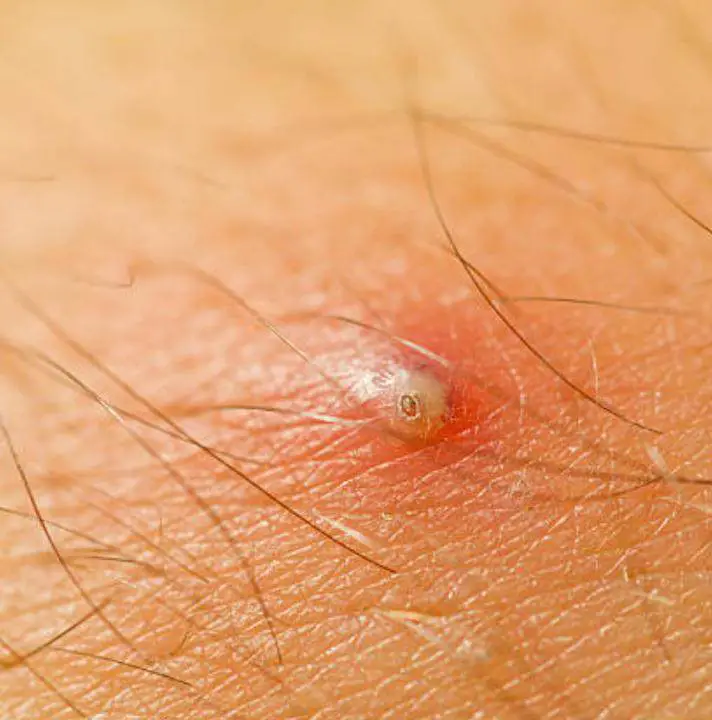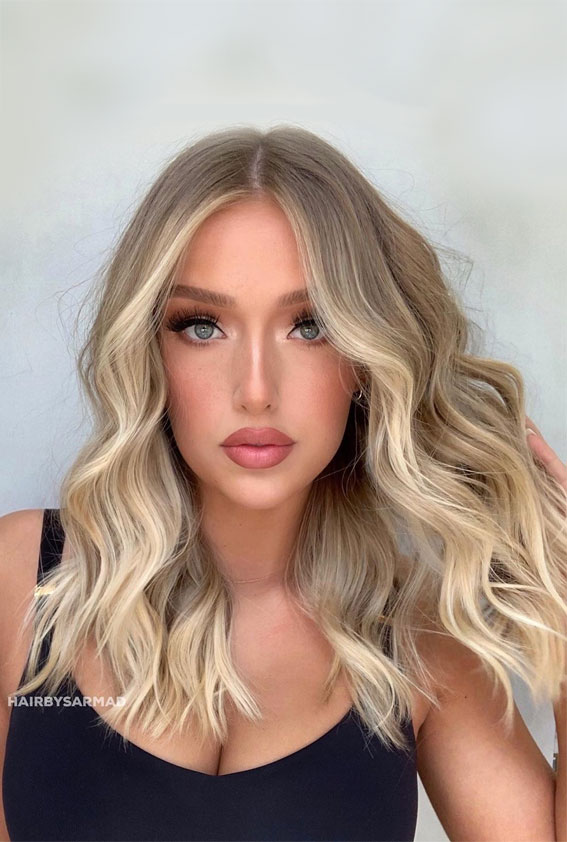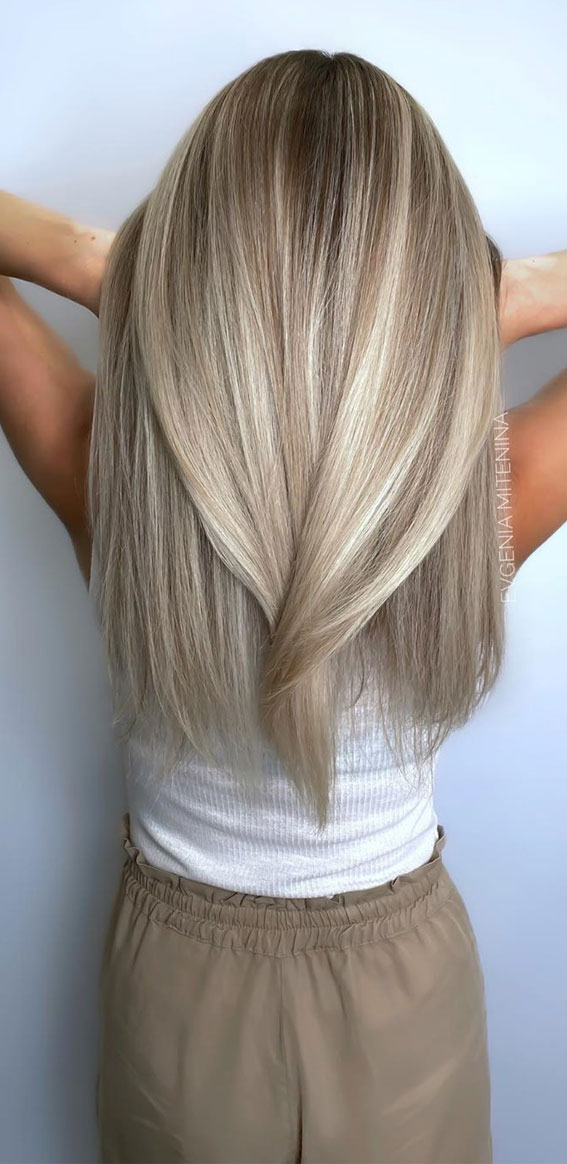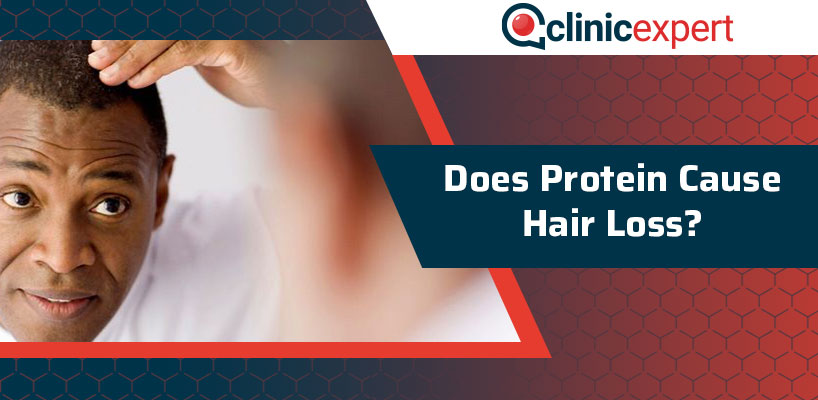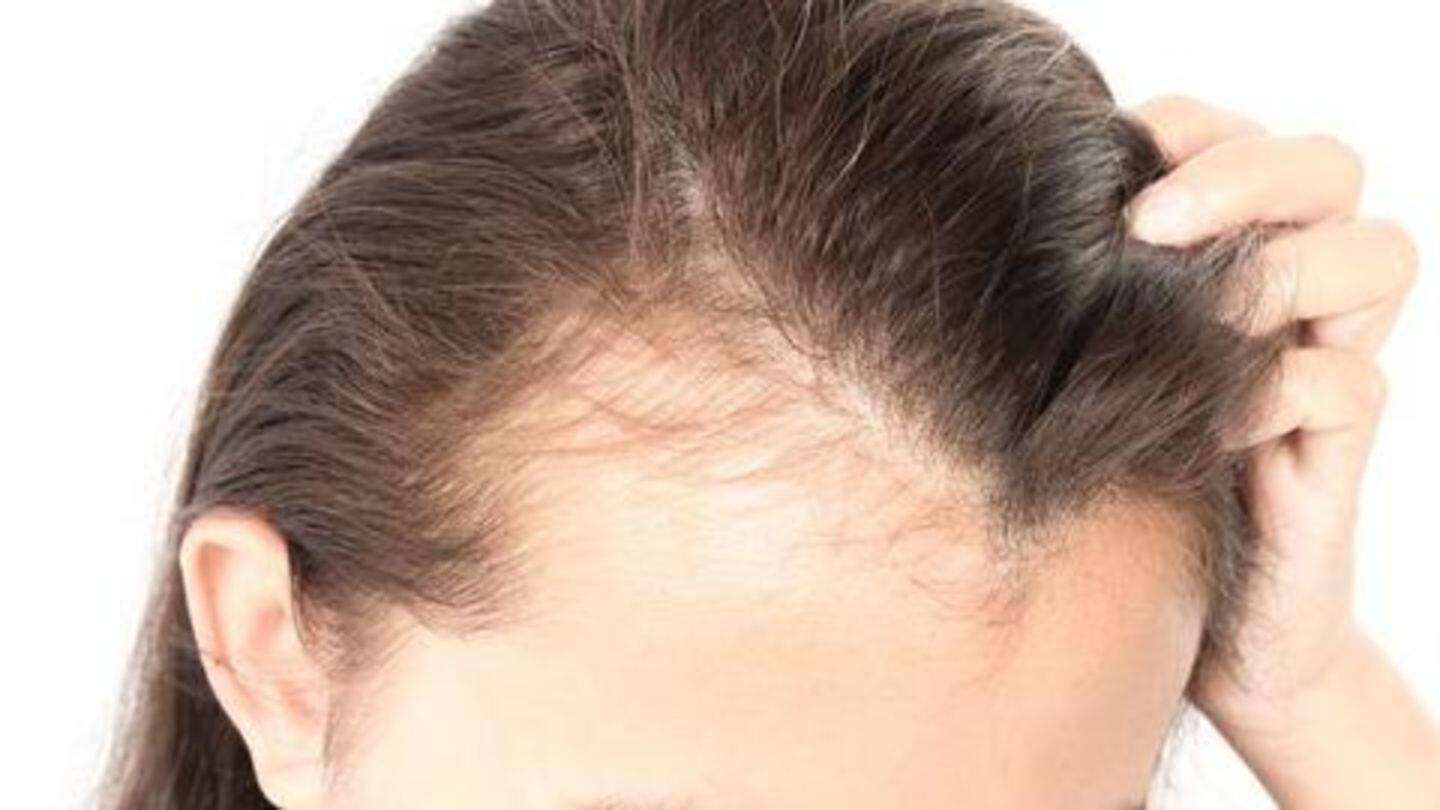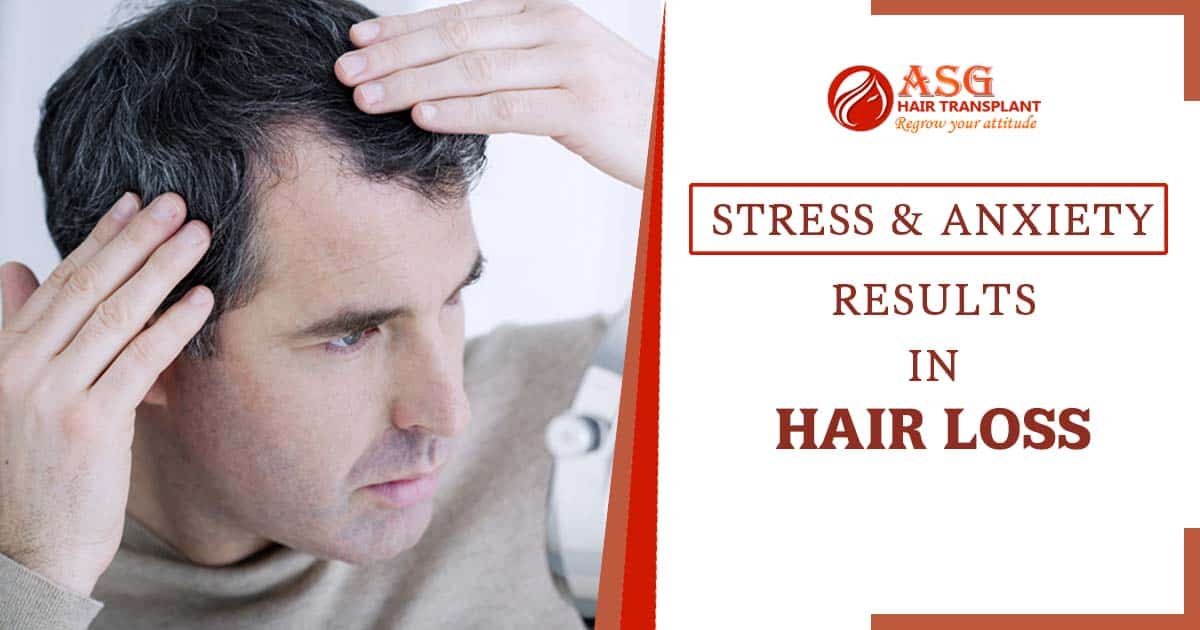Table Of Content
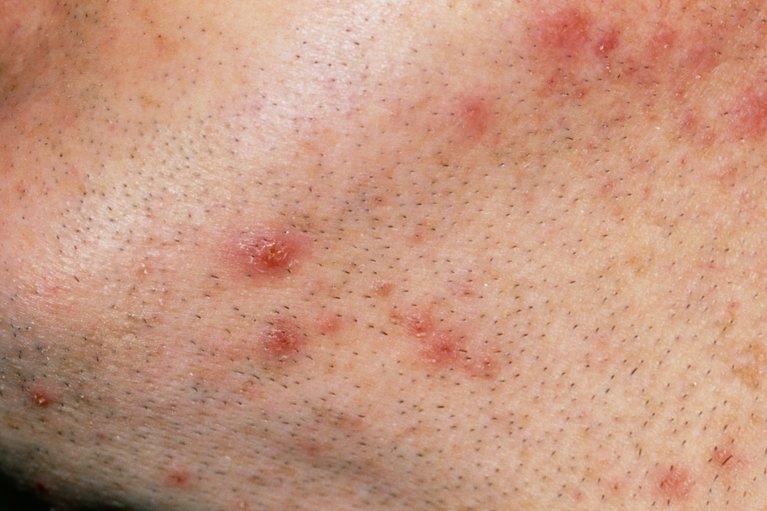
In the meantime, if you desire, a tinted moisturizer, concealer, or cosmetic foundation can help tone down redness and help camouflage discoloration while you're waiting for treatments to work. Antibiotics are prescribed on an as-needed basis to help clear up any infection that has taken hold. Signs of infection include increased swelling, pain, warmth, and drainage of pus. The out-of-pocket cost can make these treatments out of reach for some. In many cases, stopping shaving will completely clear up pseudofolliculitis barbae. At this point, any treatment for post-inflammatory hyperpigmentation or scars can be started.
How To Get Rid Of Ingrown Hairs On Bikini, Face & More - Refinery29
How To Get Rid Of Ingrown Hairs On Bikini, Face & More.
Posted: Sat, 17 Nov 2018 08:00:00 GMT [source]
How to Prevent Ingrown Facial Hair
These pads also shouldn’t be used right after shaving, so it’s recommended that you apply the treatment the day after you shave. Have you noticed large red bumps on your face that don’t go away? Instead, it’s most likely ingrown facial hair, and it’s easily preventable with better beard care.
How is ingrown hair diagnosed?
The 10 best razors for men with sensitive skin, plus grooming expert tips - New York Post
The 10 best razors for men with sensitive skin, plus grooming expert tips.
Posted: Mon, 28 Aug 2023 18:14:52 GMT [source]
Experts recommend you stop shaving, tweezing, plucking, or waxing the area where you have ingrown hairs because they usually go away on their own in a couple of weeks. Trying to remove them can sometimes interfere with the healing process and cause them to last longer. When you have thick or curly hair, you can get a type of ingrown hair called pseudofolliculitis. The hair that grows back has a sharper edge, so it can more easily poke back through your skin and get trapped under the surface. Regular use of exfolianting products helps to improve pseudofolliculitis barbae by reducing excess cells on the skin's surface that promote ingrown hairs.
Best with Minoxidil: Hers Women’s Minoxidil 2% Topical Solution
Anything you pluck, wax, or shave creates an opportunity for an ingrown hair, Collyer notes, since the new or freshly-shorn hair will have to make its way out of the skin untrapped. If you shave or wax with any sort of regularity, there is a 97.6 percent chance you've had an ingrown hair, one of the most annoying (and painful) beauty problems. The Bliss Ingrown Hair & Razor Bump Eliminating Solution can be applied daily using a cotton pad to any area where you frequently develop razor bumps.
Infections can occur if a person does not treat the hair or if they have a weakened immune system. Use topical treatments on the affected area only, as they can cause dry skin and other side effects. For severe infections, a doctor may prescribe oral antibiotics. If an ingrown hair becomes infected, the person may need to visit the doctor for treatment. A doctor may prescribe antibiotic ointments, steroid creams, or medicated washes to use on the area.
Ingrown Hair Symptoms
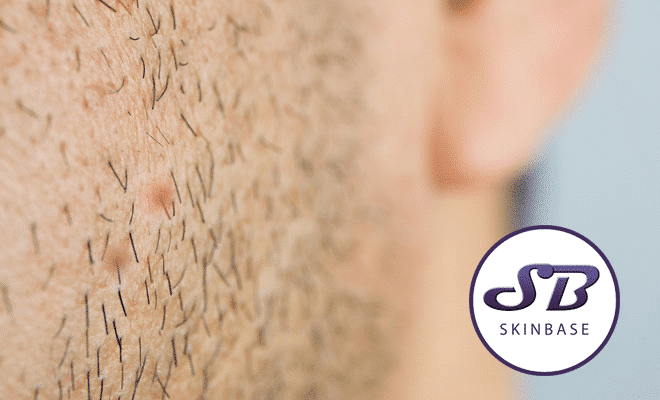
Ingrown hairs are also known as razor bumps, shave bumps, ingrown hair bumps, or barber bumps. All topical steroids, including OTC hydrocortisone, should only be used on an as-needed basis and not as a long-term daily treatment, and only under the recommendation of a healthcare provider. Side effects include thinning of the skin and hypopigmentation, which is much more common in dark skin. Arguably, the most effective way to prevent these ingrown hairs is to completely stop all methods of hair removal and let hair grow out. Pseudofolliculitis barbae is most often caused by hair removal, particularly shaving, because shaving cuts the hair into a sharp tip that can more easily penetrate the skin as it grows. The condition typically develops in the beard area of men, but it can occur in anyone and in any area where thick or coarse hair grows.
If you're not getting adaquate results, even with careful shaving techniques, you may wish to try chemical depilatories. Even with the other factors, it is shaving (and less often, waxing) that is the initial trigger for pseudofolliculitis. These symptoms may develop or worsen within a day or two after shaving.
But finding the right formula isn't a matter of simply choosing a product off the shelf and hoping that it works. First, it helps to understand what’s causing your hair changes. Then I discovered this product, and the results were nothing short of miraculous. Within just two days of use, the red bumps that had plagued me for years were significantly reduced. From the outer look, they are almost similar to acne or pimples.
It’s also important to shave in the direction of your hair to avoid cutting the strands too short. If you notice facial hair growing downward, shave in this direction. In most cases, ingrown hairs usually heal themselves within one to two weeks with only minor irritation, as they eventually release from your skin as they grow longer. Infections can develop around the ingrown hair, causing pus formation, discoloration and pain, though. If you see signs of infection, you should visit your healthcare provider. Although bad shaving techniques are what usually trigger ingrown hairs on the face, razor bumps and razor burns, they are not the only ones.
But these do take longer to work, as supplements “must first be metabolized by the body and dispersed by the bloodstream to be beneficial,” says Dr. Shaver. And oral supplements may have more systemic side effects and interactions with other medications, so it’s especially important to check with your doctor before taking a supplement. If you can see the trapped hair underneath the pustule, you may use a tweezer to pull out the hair. Once you pull out the hair, you’ll likely have a small opening or wound. They can figure out the type of cyst it is and drain it or remove it.
Cysts are a bit different from an ingrown hair caused by shaving. In these cases, an ingrown hair has gotten trapped deep beneath the surface, causing the hair follicle sac to expand and fill with pus. You don’t need to rub the area too hard or remove any other hairs to diminish the redness and appearance of the ingrown hair either. If they’re not infected, some ingrown hair cysts can go away on their own.

